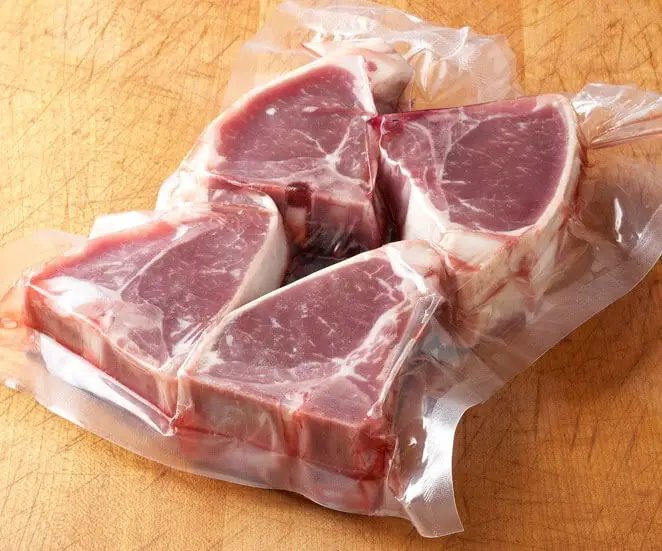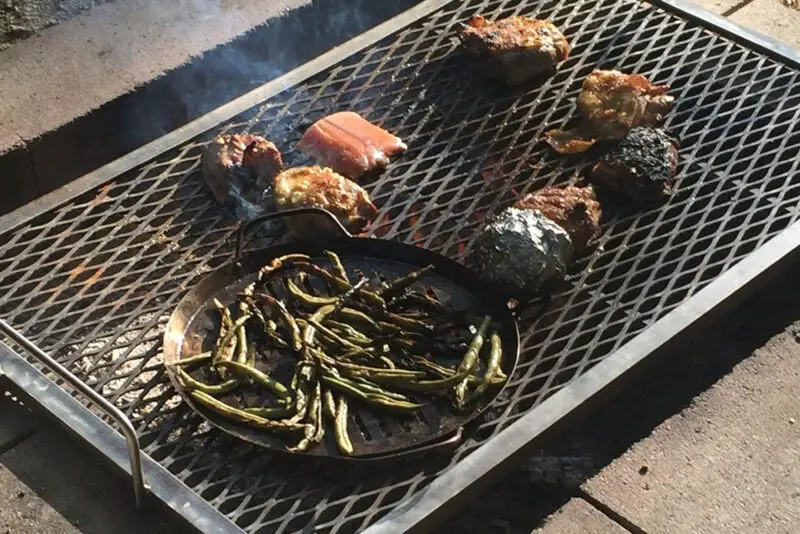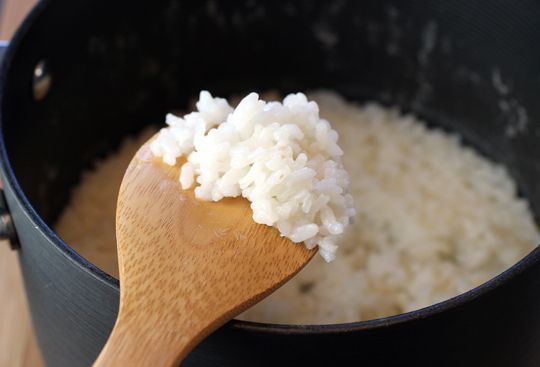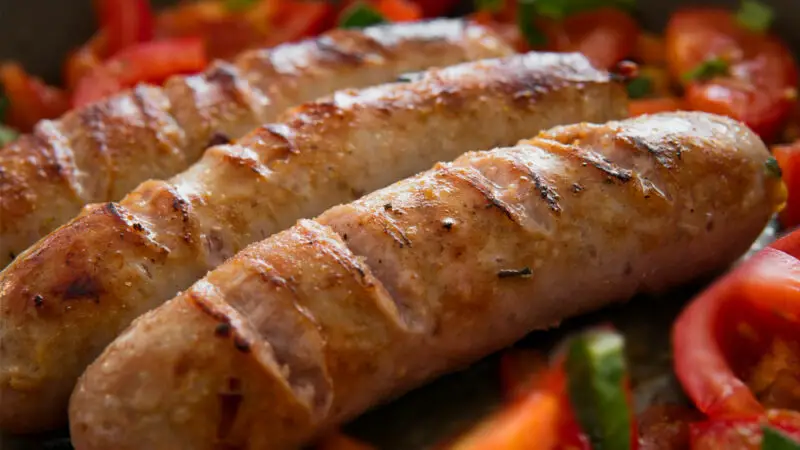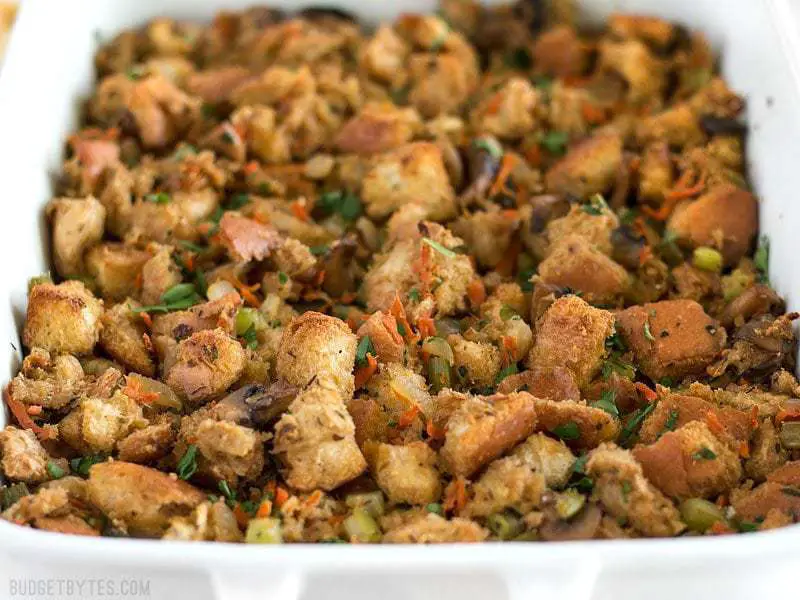Is Goat Meat Pink When Cooked?
Introduction
Goat meat, which is also known as chevon, is a nutritious source of protein that is enjoyed by many people around the world. It is consumed widely in African, Middle Eastern, and Caribbean cuisines and is becoming increasingly popular in Western countries due to its unique taste and health benefits.
One of the frequently asked questions about goat meat is whether it is pink when cooked. In this article, we will take a closer look at the factors that influence the color of cooked goat meat, common misconceptions about its color appearance, and how to properly prepare and cook goat meat.
Understanding the Color of Meat
To understand why goat meat may or may not be pink when cooked, it’s important to first understand the science behind meat color. The color of meat changes when heat is applied because of protein denaturation and chemical reactions.
When heated, proteins in meat undergo changes that cause them to lose their natural shape. This process changes the texture and color of the meat. At higher temperatures, more proteins are denatured causing a darker color.
The type of animal can also have an impact on meat color. Beef tends to turn brown when cooked, while pork turns white or gray. Lamb tends to be lighter than beef but darker than pork with different variances based on gender.
Factors Influencing the Color of Goat Meat When Cooked
Several factors can influence the color of goat meat after cooking. These include:
Age of the Animal: Younger animals tend to have lighter colored meat than older animals. The younger animal has less myoglobin which causes lighter-colored meats vs mature animals which have more myoglobin leading to deeper colors.
Feeding Habits: The diet fed to goats may have an impact on the meat color. For instance, goats that are grass-fed or consume a lot of leafy greens tend to have a lighter color while those fed with corn can have a slightly darker hue.
Stress Levels During Slaughter: If a goat experiences high levels of stress leading up to slaughter, the cortisol level in its muscles can increase. This can lead to darker-colored meat after cooking.
Processing Method: The method used to process goat meat can also impact its color. Overcooking and slow-cooking methods can darken the meat, resulting in color differences compared to other cooking methods.
Common Misconceptions About the Color of Cooked Goat Meat
One misconception about cooked goat meat is that it should always be pink when properly cooked. This is not necessarily true as goat meat can come in different shades from pale white to dark brown. The appearance of cooked goat meat has nothing to do with its safety, taste or texture as proper internal temperature readings will ensure that the meat is properly prepared.
It’s important to note that raw goat meat may have a pinkish hue due to the presence of myoglobin. After cooking, the myoglobin present in the goat’s muscles reacts with heat and changes color based on factors discussed earlier.
Cooking Methods and their Impact on Goat Meat Color
Different cooking methods also have an impact on the color of cooked goat meat:
Grilling: Grilling produces a darker crust and a well-done interior, which leads to darker-colored meat.
Roasting: Roasting produces evenly cooked goat meat and causes it to be slightly darker in color than other cooking methods.
Boiling: Boiling causes the least amount of color change since water only heats up to 100 degrees Celsius, which cannot cause protein denaturation sufficient enough for considerable browning of the meat. It provides a pale and opaque appearance with a less intense flavor profile.
Frying: Frying goat meat leads to a slightly darker color compared to boiling or steaming methods since you are exposing the meat to more heat.
Stewing: Stewing tends to produce the darkest colored meat since the meat is submerged in liquid for several hours allowing the interior to be exposed to more heat.
How Determine Doneness of Goat Meat
When cooking goat meat, it’s important to ensure that it’s fully cooked before consuming. The recommended temperature for goat meats is:
– Medium Rare: 57°C /135°F
– Medium: 63°C /145°F
– Medium-Well: 68°C /150°F
– Well Done: 74°C /165°F
It’s also possible to determine doneness by examining the appearance of the meat. Once cooked, goat meat should have no pink color visible inside and have clear juices when it’s cut with a knife.
Tips for Preparing and Cooking Goat Meat
Here are some useful tips for preparing and cooking goat meat:
Marinating for flavor and tenderness: Goat Meat can benefit from marinating because of their leanness; marinades can help tenderize and add moisture. To maximize tenderness, marinating is recommended for at least an hour before cooking. Lemon juice, ginger, olive oil, garlic and thyme work well with goat meat.
Resting Cooked Goat Meat Before Serving: After cooking the goat meat, allow it to rest on the counter for about 10 minutes before cutting or serving. This helps redistribute the juices throughout the meat, keeping it moist and delicious.
Cutting Across The Grain: When slicing cooked goat meat, try cutting it against the grain helps break up tough muscle fibers, making it more tender to chew.
Nutritional Value of Goat Meat
Goat meat is a rich source of nutrients, it contains high-quality protein, healthy fats, and essential vitamins and minerals. It is low in saturated fats and higher in unsaturated fats compared to other meats. Additionally, goat meat is an excellent source of vitamin B12, which plays an important role in red blood cell formation and energy production.
On the downside, consuming too much red meat can increase the risk of chronic diseases like heart disease, diabetes and some types of cancer at alarming rates. Therefore, it’s important to consume goat meat within recommended guidelines.
Sourcing Fresh Healthy Goat Meat in Your Community
There are several ways you can find goats if you are interested in trying out the meat. The most common options are:
Farmers Markets: Farmers markets often offer fresh goat meat that is raised by local farmers who practice sustainable farming techniques.
Ethnic Stores: Ethnic stores, especially those serving African and Middle Eastern communities, often carry a range of goat products including fresh and processed meats.
When shopping for goat meat look for quality cuts with consistent coloring (not lighter or darker) with a firm texture.
Conclusion
In conclusion, cooked goat meat can come in different shades depending on several factors such as age of the animal, feed/habitat quality and slaughter methods among others. Eating goat meat provides several nutritional benefits but should be consumed moderately as excessive food consumption can lead to health issues. The key takeaway from this article should be that properly cooking methods guarantee safety of the final product rather than relying on color appearance alone.
Is goat meat supposed to be pink when cooked?
No, goat meat should not be pink when cooked. It should be brown or greyish and fully cooked all the way through.
What causes goat meat to turn pink when cooked?
Goat meat can turn pink when it is not fully cooked or has been cooked at too low a temperature. This can occur due to uneven cooking or poor handling and storage practices.
Can I eat goat meat that is pink when cooked?
It is not recommended to eat goat meat that is pink when cooked as it may contain harmful bacteria like E. coli or salmonella. Always ensure the meat is fully cooked before consuming.
How do I ensure my goat meat is fully cooked?
To ensure your goat meat is fully cooked, use a meat thermometer to check the internal temperature. The internal temperature of the thickest part of the meat should be at least 160°F (71°C) for safe consumption. Also, avoid cooking at low temperatures and ensure the meat is stored properly before cooking.
